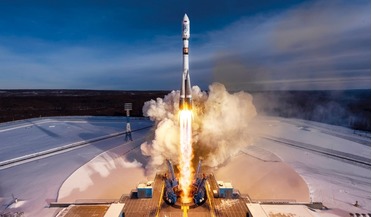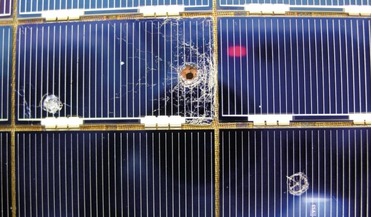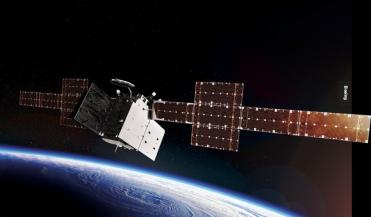 March 2019
Urgent action needed to avert space debris threat
March 2019
Urgent action needed to avert space debris threat
... impossible. This could be the case not only for LEO, but also for medium Earth orbit (MEO) and geostationary orbit (GEO). So, it is absolutely imperative that we tackle the issue of congestion and debris in space before LEO constellations are...
 April 2019
Space launch industry analysis
April 2019
Space launch industry analysis
..., all these satellites will need to be launched. Launch providers, already suffering from a downturn in the traditional geostationary orbit (GEO) launch market, will be relieved. The world’s main commercial launch providers are hoping to make up for...
 February 2021
Space archaeology - preserving our orbital heritage
February 2021
Space archaeology - preserving our orbital heritage
... debris. For LEO, current guidance is that an asset should be safely de-orbited in a controlled fashion to burn up on re-entry. For satellites in geostationary orbit (GEO), the guidance is to place end-of-life hardware in a much higher ‘graveyard...
 October 2025
Satellite technology - from operational challenges to strategic opportunities
October 2025
Satellite technology - from operational challenges to strategic opportunities
... and competition for radio-frequency (RF) spectrum in LEO and geostationary orbit (GEO) creates interference risks, while mega-constellations contribute to orbital congestion. The diversity of transmission requirements across various applications...
 August 2017
Big science from small spacecraft
August 2017
Big science from small spacecraft
... radio telescopes on Earth because they are blocked by our ionosphere. If we could position a radio telescope up at geostationary orbit (GEO) or higher, well above the ionosphere, we could observe and characterise these short-lived phenomena, a long...
 29 June 2018
mu Space issues proposal request to build a satellite covering Asia-Pacific
29 June 2018
mu Space issues proposal request to build a satellite covering Asia-Pacific
...’s satellite with coverage spanning across Asia-Pacific. The high throughput satellite will be on a geostationary orbit (GEO) location at 50.5-degree East, an orbital slot secured on a recent agreement between mu Space and SES, the world’s leading...